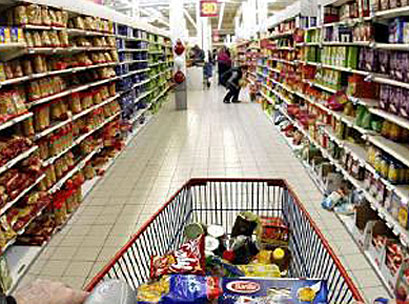While India’s GDP growth projections has been cut to five to six per cent, consumption in the country is predicted to triple to US$3.6 trillion in 2020 from US$900 million in 2010.
Hence, growth is a macro trend but the near term environment is uncertain with fluctuating inflation and erratic bursts of capital formation, says CII and Boston Consulting Group (BCG).
While businesses are seeing cautious consumer sentiment, Indian consumers, however, are still willing to spend and trade up for the right value proposition, differentiation and innovation, says Titan Industries MD Bhaskar Bhat.
“Hence, consumer businesses in India, need to constantly walk the tight rope balancing growth and efficiency,” said Bhat.
CII and BCG, through their report ‘Winning with Uncertainty’, said that it is imperative that FMCG and retail organisations balance caution due to short-term uncertainty with investment required to drive long-term growth.
CII and BCG said the uncertainty in Indian business environment is primarily driven by six structural factors which include:
- Changing macroeconomic scenarios in the country
- Heightened volatility in commodity prices
- Uncertainty in policy making
- Rapidly evolving consumer base and behavior
- Emergence of new breeds of competitors within industries
- Development of game-changing technology
The tension between near term caution and long term potential is the challenge for Indian FMCG companies. They need to find a balance between pursuing growth and managing costs in an increasingly volatile environment, report says.
Retailers are also impacted by this conundrum. Additionally, they have the complexity of finding the right mix between multiple channels (digital versus brick-and-mortar, small versus large format) in the backdrop of a nascent and fast growing organised retail environment.
Adding another dimension to this complexity is the diverse profile of the shoppers across the country. There is a strong need for retailers to provide a seamless, converged consumer experience across channels and leverage a multi channel proposition to drive profitable growth. A seamless consumer experience requires retailers to follow a coordinated approach across formats and functions.
Marketing needs to develop skills on social media, track consumer conversations seamlessly across channels and handle the complexity of maximizing RoMI (Return on Marketing Investment) across multiple consumer touch points, says the report.
In-store and digital formats need to complement each other such that demand originating on one channel can be served seamlessly on the other, it adds.






